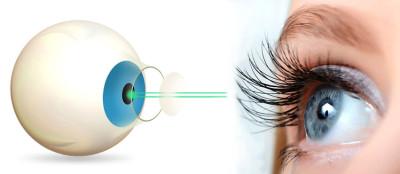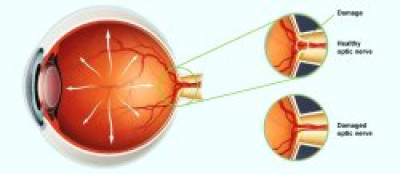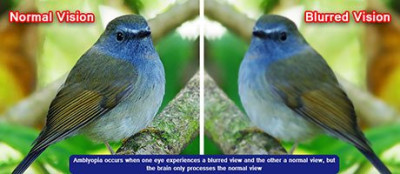- 22 February 2024
24 INTERESTING EYE FACTS
Dhaka Eye Care Hospital
Interesting Eye Facts
It's easy to take eyes for granted since we spend all day looking through them, not at them. But there's more than what meets the eye. These odd orbs hold quite a few secrets that most will be surprised to learn. Below are just a few of the interesting things about eyes that most people don't know.
- An eye's pupil can expand as much as 45% when you look at a loved one. Due to their biological similarities, shark corneas are compatible replacements for human corneas.
- Each eye contains more than 100 million cells, but only those in the retina are light sensitive.
- Men are eight times more likely to be color blind than women.
- The retina uses different cells to detect just three colors, red, blue and green It then mixes these and sends signals to the brain, which interprets them as all the other colors of the rainbow.
- Roughly 17% of the eye is visible; the rest is hidden within the eye socket.
- The blood vessels in the back of the eye are six and a half times more complex than the markings of a fingerprint, making them a much more accurate means of personal identification.
- A single blink only takes 150 milliseconds.
- On average, a person blinks every 5-8 seconds, unless using a computer. Then the time between blinks drops to almost a minute!
- Most babies are born with blue eyes, which then change color as the pigment cells develop. Some people keep their blue eyes for life.
- The eye can refocus very quickly, almost as fast as it can blink.
- The images that the brain receives from the eyes are upside down, but it is smart enough to flip them back over on its own.
- The muscles that control your eyes move more than any other muscle in the body.
- An eyelash only will sprout, grow, and fall out over a period of 150 days.
- Some forms of cancer affect how light is reflected off the back of the eye, and people have found out about their condition by only having one red eye in a photograph.
- Approximately 1 in 50 women have a 3rd type of light sensing cell in their eyes. Tetrachromes are able to see 100 million colors!
- Muscles that move the eye tend to twitch and jolt quickly unless tracking a moving object, where they then move slowly and steadily.
- The famous pirate eye patch wasn't used because they had lost an eye, but because keeping one eye in the dark allows them to maintain night vision. Should they go below deck, where it was dark, they would switch the patch to the other eye to see clearly.
- Like many other parts of the body, the eyes are not fully developed at birth. Babies are color blind until the cells that sense light fully mature.
- Primitive eyes first evolved more than half a billion years ago as small patches of light-sensitive cells. No colors or images could be seen, just light vs. dark.
- The brain is just as involved in vision as the eyes are, and some vision-related problems have nothing to do with the eyes at all.
- Small cells that will eventually develop into eyes first appear just 2 weeks after conception.
- People that could see at first, but go blind at some point may still have vision in their dreams.
- Some people have two different colored eyes, which is a condition called heterochromia.













